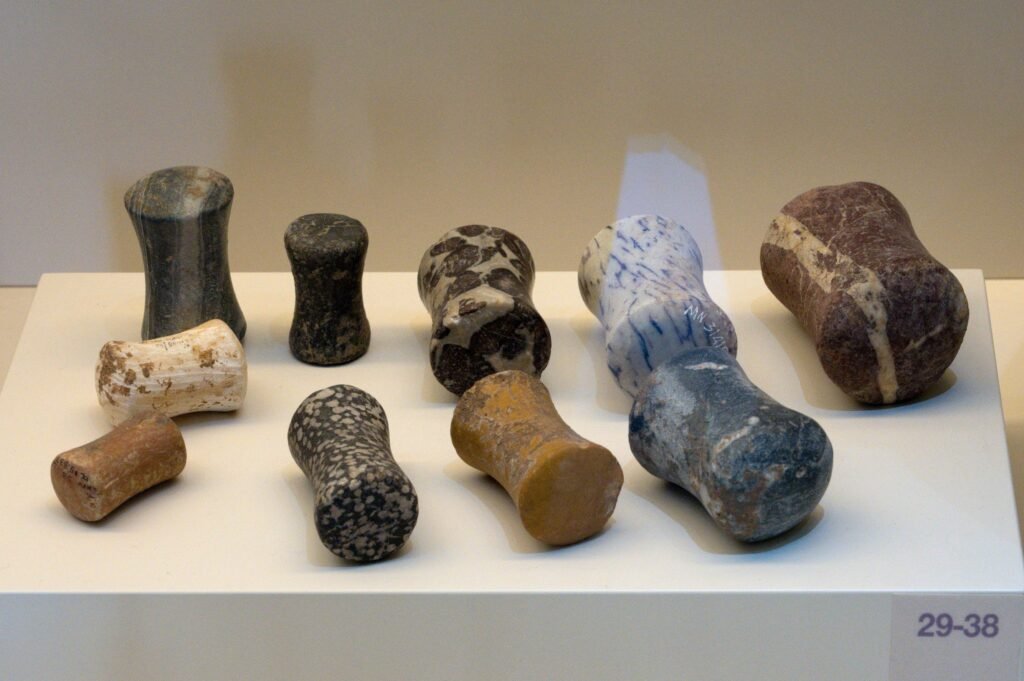Beneath Seoul’s neon-lit skyline and the relentless hum of traffic, a different world lies hidden—one shaped by stone, survival, and the first footsteps of humanity in Korea. Imagine walking through Myeong-dong, surrounded by glass towers and bustling crowds, and realizing that, deep below, ancient hands once chipped away at stones, crafting tools that would shape destinies. These silent artifacts whisper stories of people who lived, loved, and thrived long before the first building ever scraped the sky. Seoul’s stone tools are more than relics; they’re time machines, transporting us back to an age when life was raw, nature was king, and every discovery meant the difference between thriving and fading into the dust of history.
Unexpected Treasures Beneath the Concrete Jungle
Few would expect that beneath Seoul’s endless city blocks, priceless treasures remain tucked away in the soil. When construction workers dig foundations for new skyscrapers, it’s not uncommon to stumble upon chipped stones, arrowheads, or even beautifully crafted blades. Each find brings a surge of excitement, a reminder that this modern metropolis is layered over a deep, ancient past. Archaeologists rush to these sites, knowing that every artifact could rewrite what we know about Korea’s earliest inhabitants. These discoveries often halt construction—an inconvenience for some, but a thrilling opportunity for those who cherish history. The city’s relentless growth is, ironically, what keeps unearthing these ancient secrets.
The First Koreans: Who Were They?
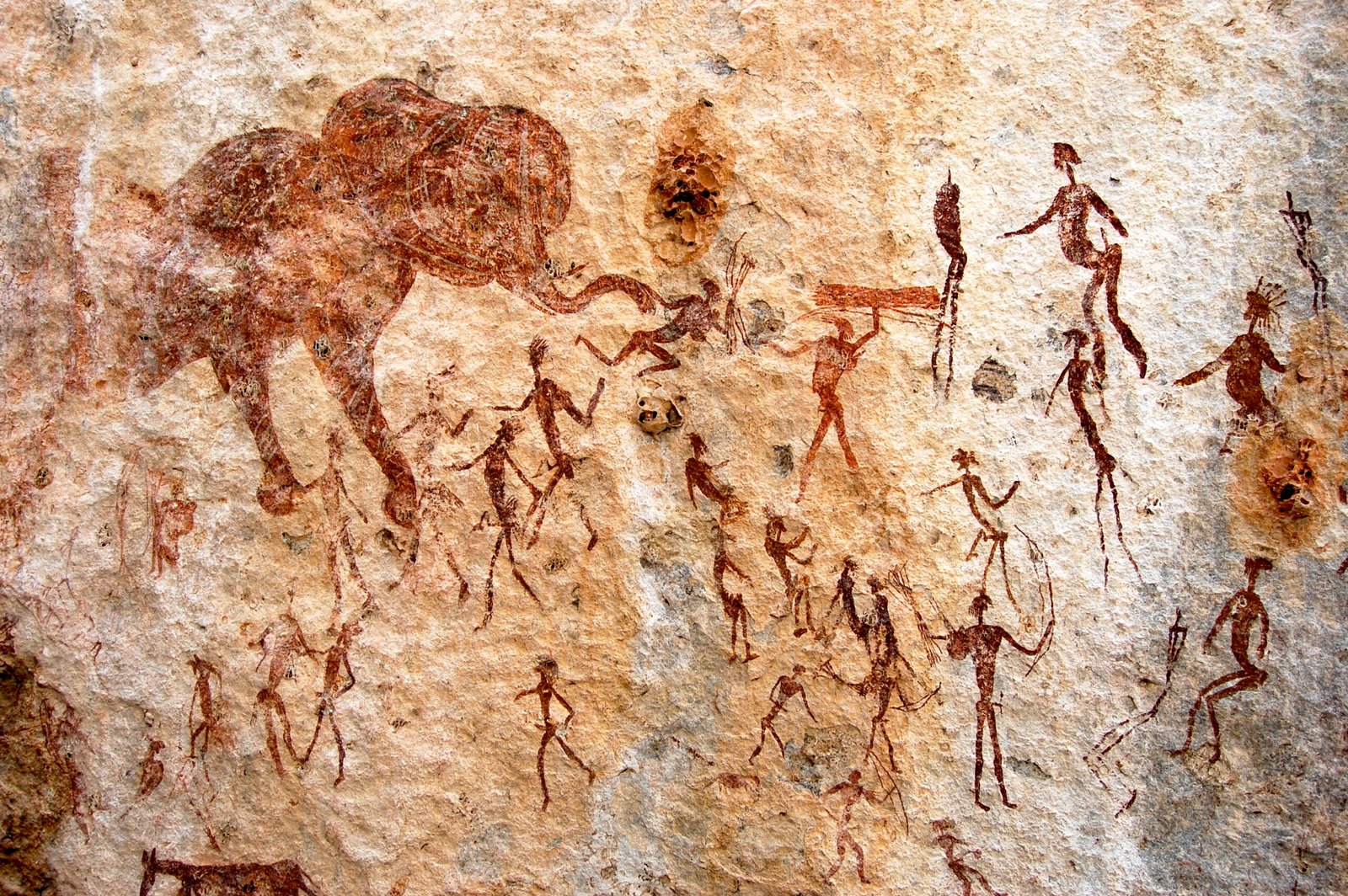
It’s a bit mind-boggling to picture Seoul’s earliest residents, living tens of thousands of years ago, long before the city had a name. These prehistoric people roamed the river valleys, hunting and gathering, moving with the seasons. They likely followed herds of wild animals and foraged for edible plants along the Han River, which still winds through the city today. Their tools were simple but ingenious—sharp flakes and hand axes that fit comfortably in the palm, perfect for slicing meat or scraping hides. Evidence suggests they were adaptable, resourceful, and quick to innovate, setting the stage for Korea’s long journey through history. It’s humbling to realize that beneath our feet, their legacy remains etched in stone.
What Exactly Are Stone Tools?
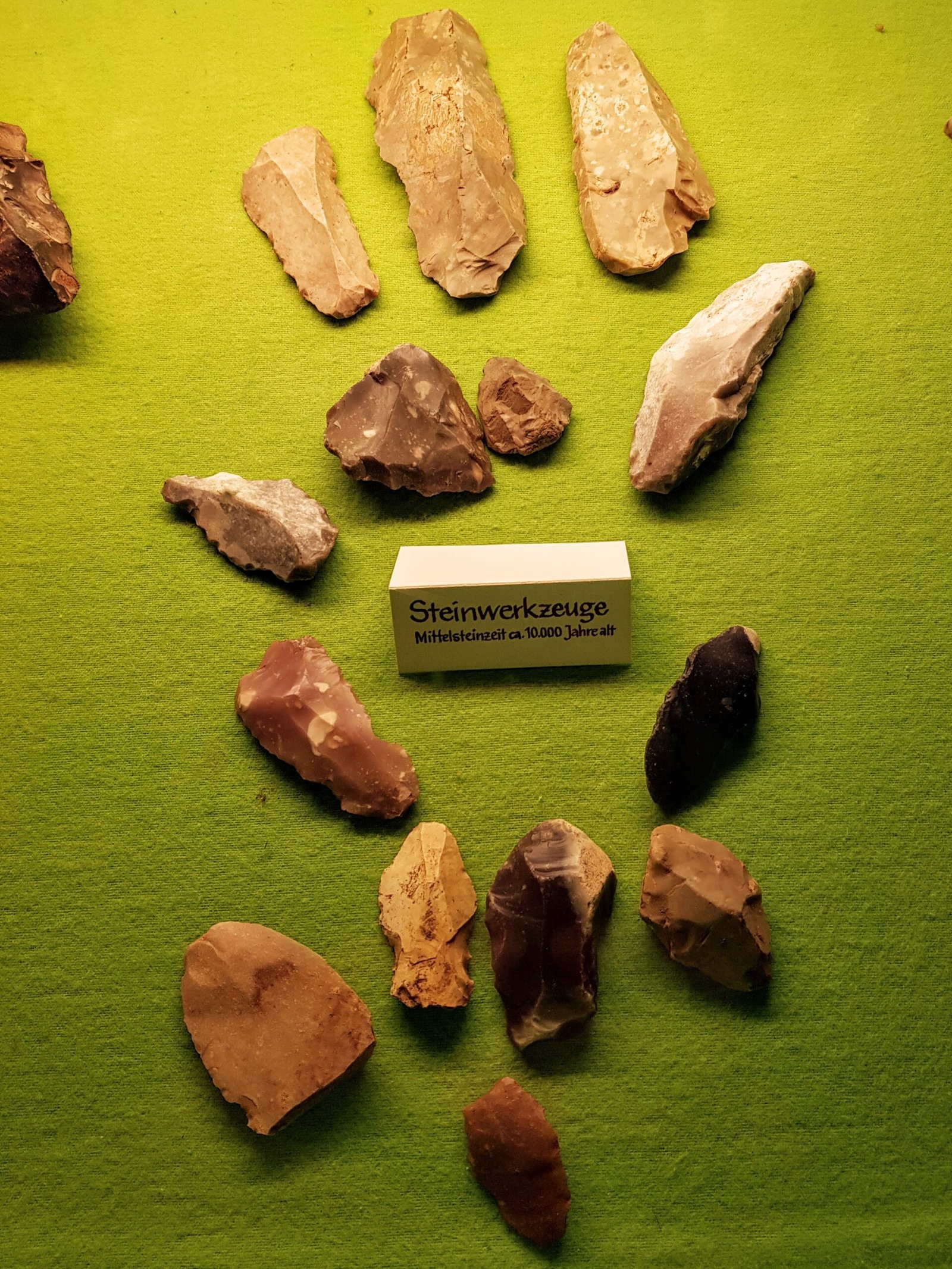
Stone tools are, in a way, the smartphones of prehistory—essential, multipurpose, and always evolving. Crafted from tough rocks like quartzite or basalt, these tools took many forms: scrapers, blades, choppers, and projectile points. Early humans shaped them by striking stones together, a process called knapping, to create sharp edges. Some tools were simple flakes, while others were carefully shaped and polished. Archaeologists often classify them into two main types: Oldowan (simple, unmodified) and Acheulean (more advanced, symmetrical). The variety and complexity of tools found under Seoul tell a story of technological progress, as people learned to adapt their methods to new challenges and resources.
The Acheulean Mystery in Korea
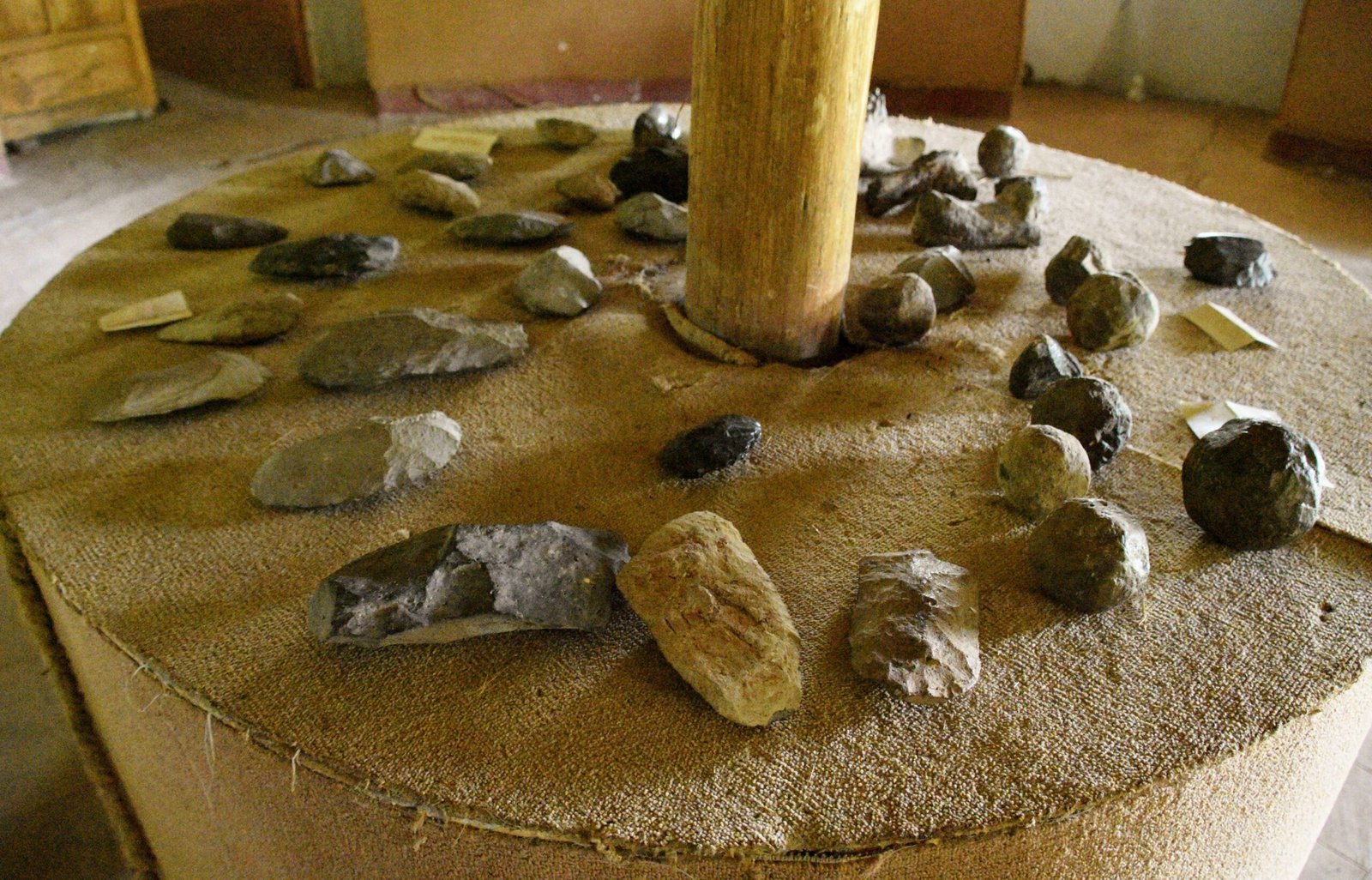
One of the most fascinating puzzles in Korean archaeology is the appearance of Acheulean-style hand axes—beautifully symmetrical tools usually associated with Africa and Europe. How did these sophisticated stone implements end up in East Asia? Some experts believe they arrived with waves of migration, while others think they developed independently. The hand axes found near Seoul are often larger and thicker than those from other regions, hinting at unique adaptations. Their presence suggests that Korea’s ancient inhabitants were part of a much larger story, connected to distant cultures through migration, innovation, or sheer coincidence.
Bangudae and the Art of Survival
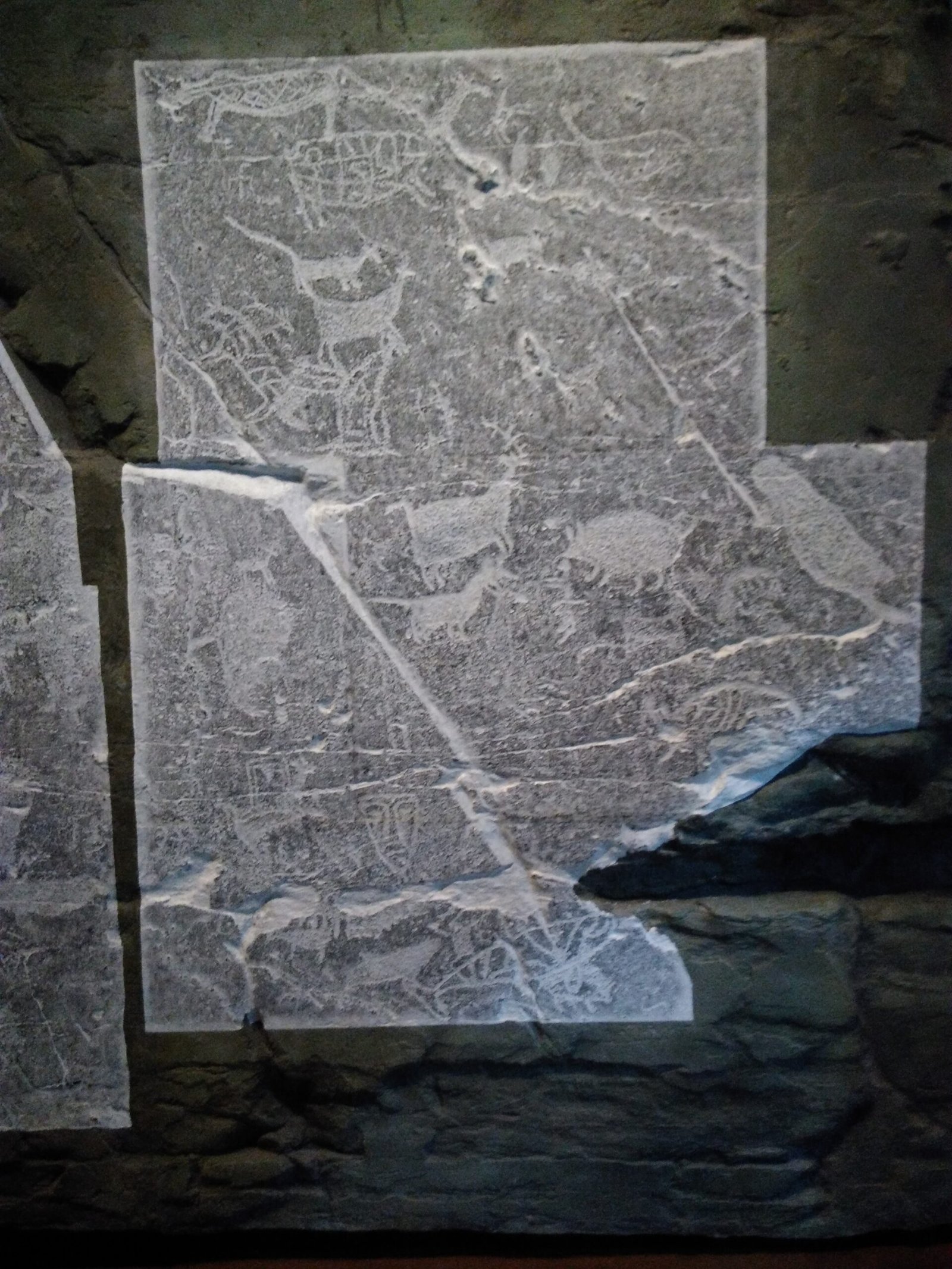
Not far from Seoul, the famed Bangudae Petroglyphs provide a breathtaking glimpse into prehistoric life. Images of whales, deer, and hunters carved into stone reveal the importance of the hunt and the deep bond between humans and their environment. While these carvings aren’t tools, they’re closely connected—stone implements were used to chip out these artworks. The petroglyphs, together with the tools found nearby, paint a vivid picture of a society that relied on its wits, creativity, and mastery of stone. Even today, standing before these ancient engravings, it’s easy to feel a kinship with those early artists and hunters.
Seoul’s Paleolithic Hotspots
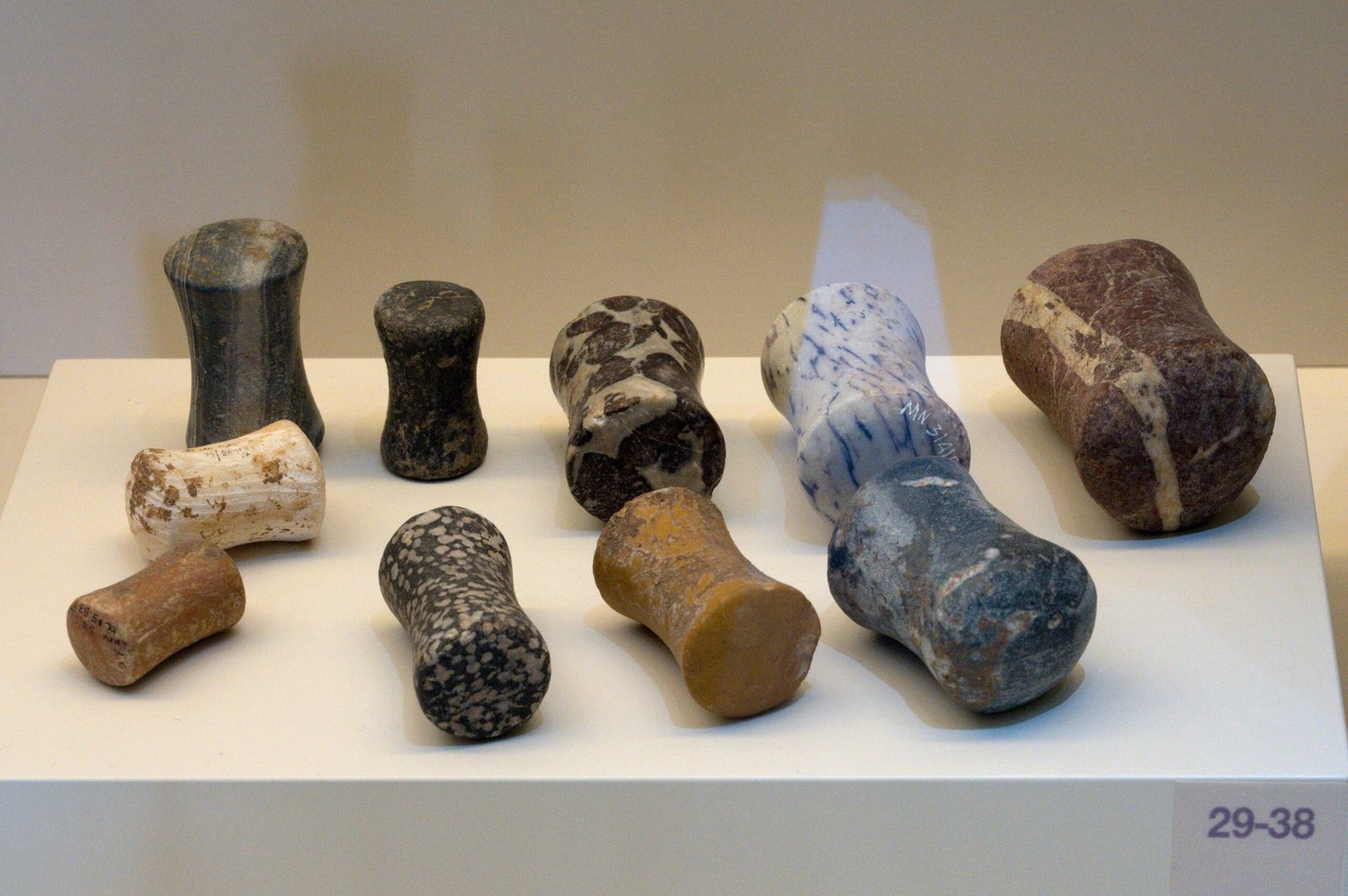
If you think prehistoric archaeology only happens in remote wilderness, think again. Some of the richest Paleolithic sites in Korea lie smack in the middle of Seoul and its suburbs. The Amsa-dong site, for example, was discovered during a flood in the 1920s, revealing a treasure trove of stone tools and pottery. These sites show that ancient people chose locations for their proximity to water, good hunting grounds, and raw materials for tool-making. Today, these “hotspots” are carefully studied and protected, offering rare windows into the daily lives of Korea’s earliest inhabitants. It’s a surreal thought: the ground you walk on may once have been a thriving prehistoric workshop.
How Stone Tools Changed Life
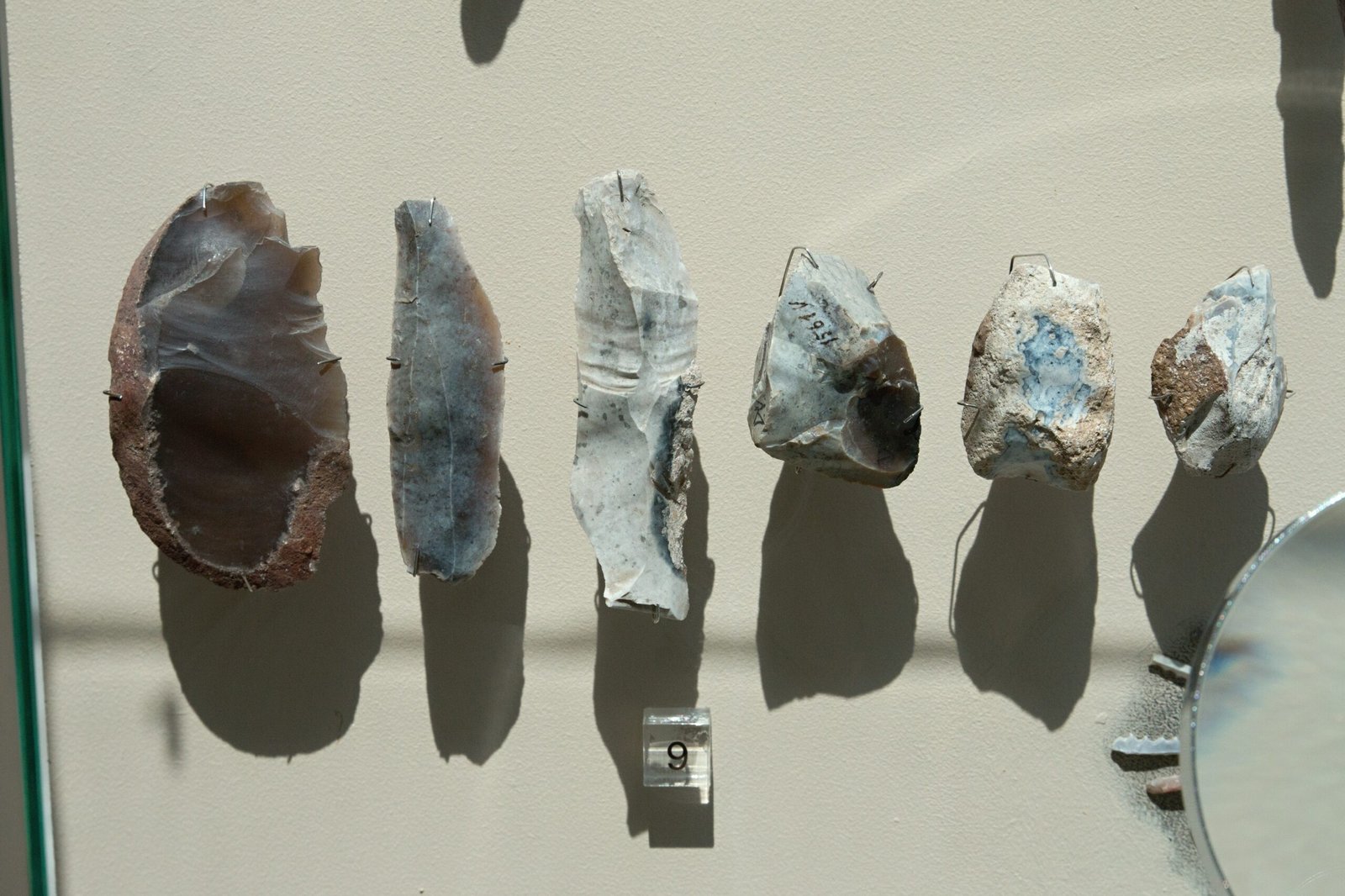
Stone tools were more than just useful—they were revolutionary. With a sharp blade or sturdy scraper, early Koreans could hunt larger animals, process hides for clothing, and prepare food more efficiently. This edge in survival meant more stable communities and, eventually, the rise of more complex societies. The ability to craft better tools often meant the difference between life and death, especially during harsh winters. Even simple improvements, like attaching a stone blade to a wooden handle, marked giant leaps forward. These innovations turned ordinary stones into life-saving extensions of human hands.
The Science Behind the Finds

Modern archaeology has turned the study of stone tools into a high-tech detective game. Researchers use everything from microscopic analysis to 3D scanning to understand how tools were made and used. Wear patterns on the edges can reveal whether a blade was used for cutting meat, scraping bark, or shaping wood. Scientists also examine the types of rock used, tracing them to ancient quarries and trade routes. Every detail—right down to the angle of a flake—offers clues about the skills, habits, and relationships of prehistoric Koreans. These scientific breakthroughs have transformed humble stone tools into powerful storytellers.
What Tools Tell Us About Climate and Environment
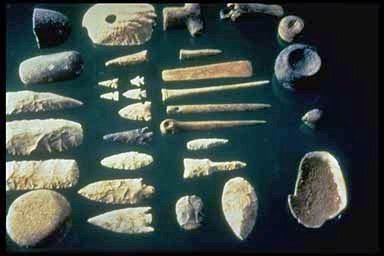
Stone tools are like little time capsules, preserving evidence of changing climates and landscapes. When researchers study where and when certain types of tools appear, they can piece together ancient weather patterns and environmental shifts. For example, the presence of certain hunting implements might suggest colder periods, when big game was more common. Shifts in tool styles can coincide with changes in vegetation, river courses, or even natural disasters. By reading these clues, scientists reconstruct the world as Korea’s first people knew it—wild, unpredictable, and full of challenges.
Incredible Accidental Discoveries
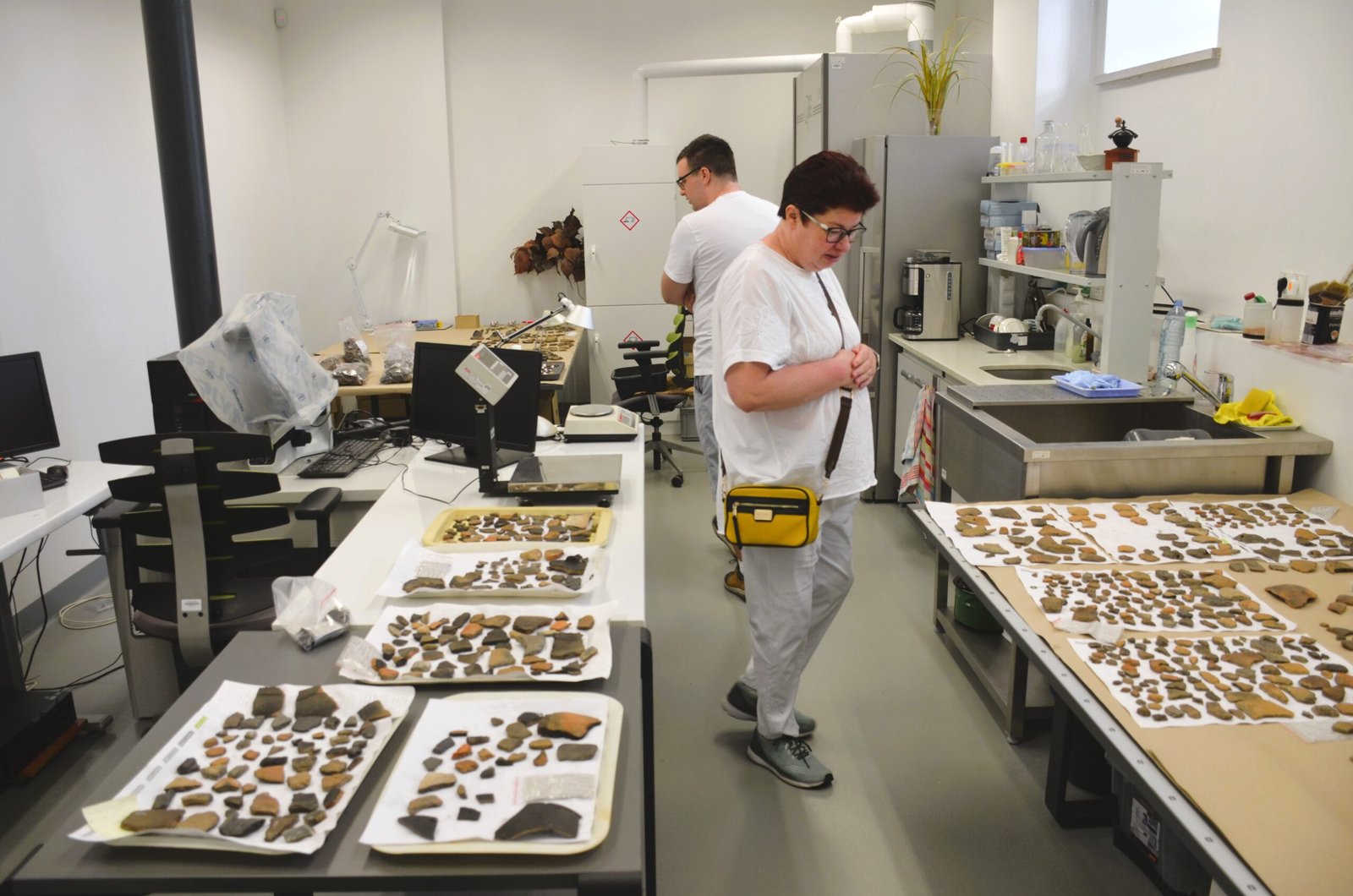
Some of Korea’s most important prehistoric finds have happened completely by accident. Construction crews digging subway tunnels or laying pipes have unearthed caches of tools, bones, and even ancient hearths. These unexpected discoveries often lead to frantic phone calls and hurried excavations, as archaeologists race to save what they can before the work resumes. Sometimes, an ordinary citizen spots a curious stone while hiking or gardening, not realizing it’s a priceless artifact. These lucky breaks remind us that the past is never as distant as we think—it’s always just beneath the surface, waiting to be found.
The Role of the Han River
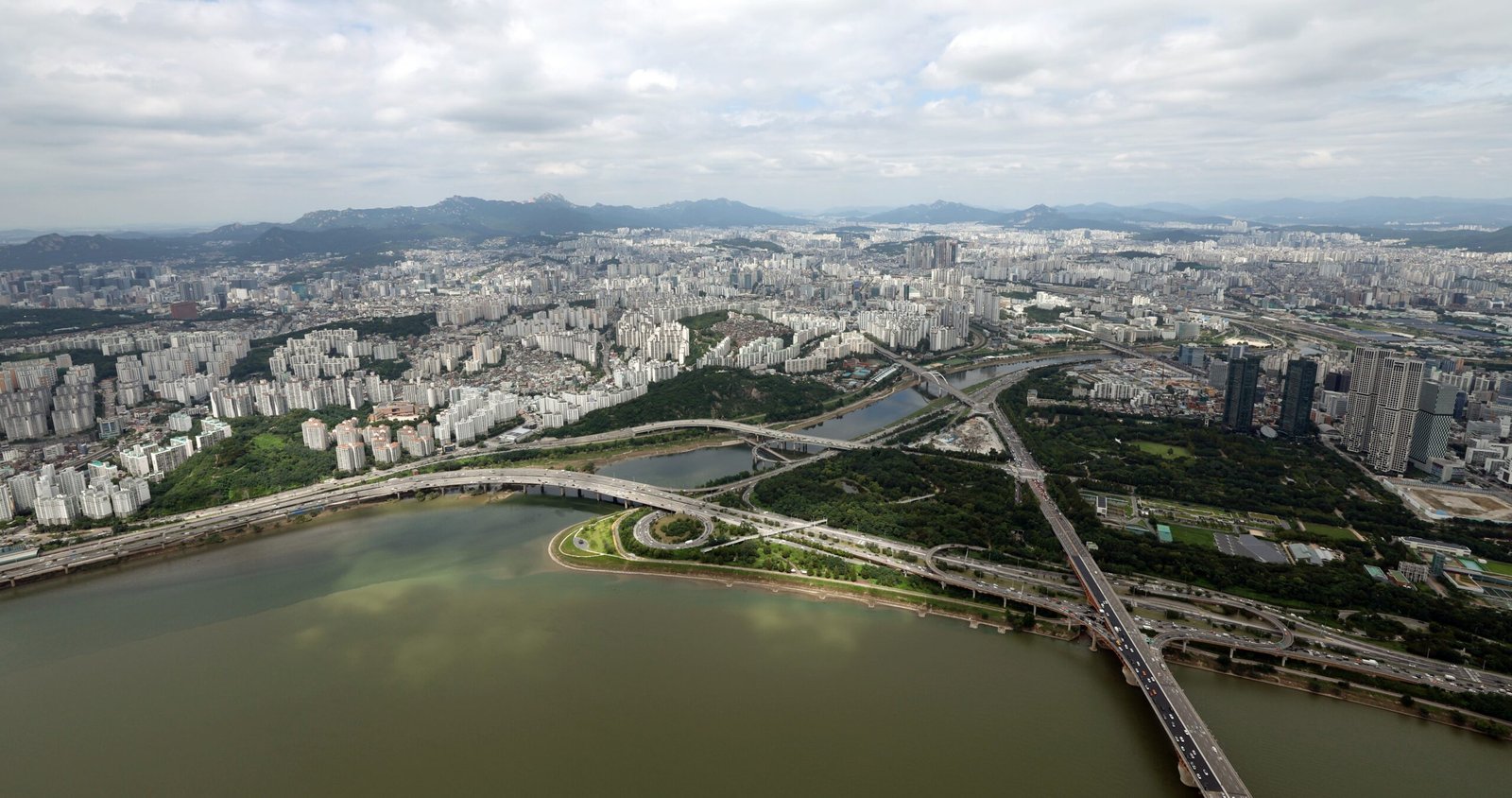
The Han River, now a gleaming ribbon through the heart of Seoul, has been a lifeline for thousands of years. Prehistoric people settled along its banks, drawn by fresh water, fish, and fertile land. Many of the oldest stone tools have been found in river terraces and ancient floodplains, suggesting that early Koreans relied heavily on the Han. It was both a barrier and a bridge, bringing people together and sometimes keeping them apart. Even today, the river’s slow, steady flow seems to echo the rhythms of ancient life.
Stone Tools and the Dawn of Language
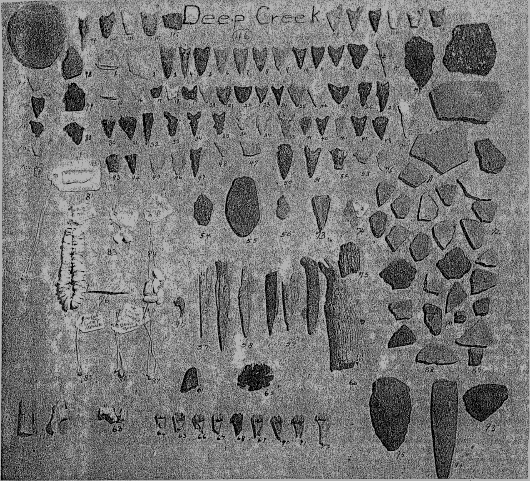
There’s a tantalizing link between the development of complex tools and the origins of language. Making a hand axe or blade requires planning, communication, and teaching—skills that likely spurred the evolution of spoken language. Some archaeologists believe that the shared knowledge of tool-making helped early Koreans develop their own languages and traditions. Each stone tool, then, is not just a practical object, but a symbol of a growing sense of community and identity. The echoes of those first words may still resonate in the rhythms of modern Korean speech.
Women and Children in Prehistoric Seoul

It’s easy to picture prehistoric life as a man’s world, but evidence suggests otherwise. Stone tool sites often include smaller implements and child-sized blades, hinting that women and children were active participants in daily survival. They likely gathered plants, prepared food, and learned the art of tool-making from an early age. This shared labor fostered close-knit communities, where every member played a vital role. The diversity of tools found in Seoul reflects the many hands and minds that shaped Korea’s prehistoric past.
Prehistoric Diets: What Did They Eat?
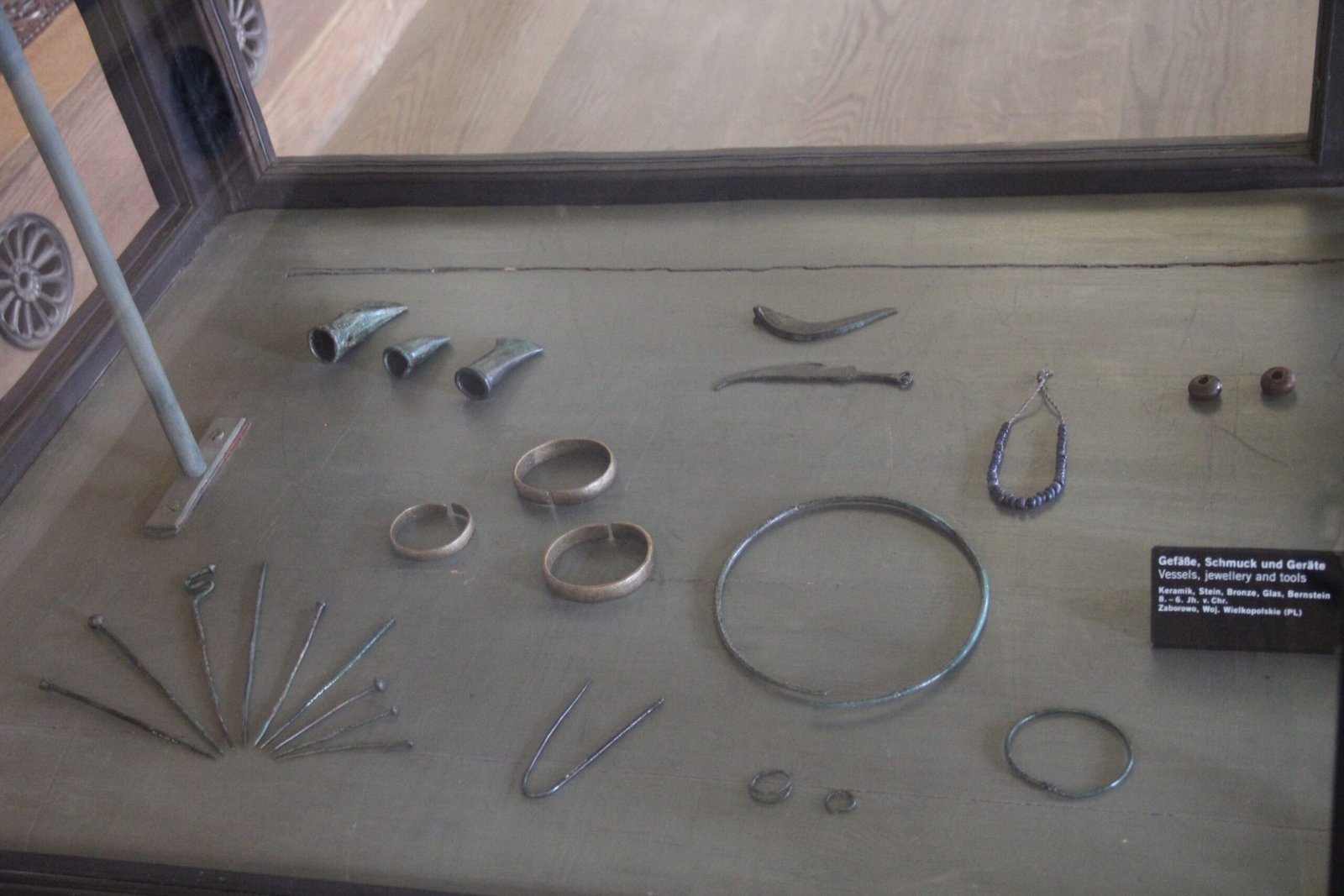
The remains of animal bones, plant seeds, and even pollen found alongside stone tools tell us a lot about prehistoric diets. Early Koreans hunted deer, boar, and smaller mammals, using sharp blades to butcher meat and scrape hides. Fish and shellfish from the Han River provided vital protein, while gathered nuts, berries, and roots rounded out their meals. The creativity and adaptability of prehistoric cooks shine through in the variety of tools used for grinding, chopping, and pounding food. Every meal was a triumph over nature, made possible by the ingenuity of stone.
Trade and Exchange in Ancient Times

Stone tools also reveal the beginnings of trade and long-distance exchange. Some of the rocks used to make blades and axes come from quarries hundreds of kilometers away, suggesting early Koreans traveled or traded for the best materials. These ancient trade routes connected distant communities, spreading ideas and technology across the peninsula. The movement of stone—heavy, durable, and unmistakable—offers concrete evidence of Korea’s earliest networks of cooperation and exchange.
From Stone to Bronze: A Changing World
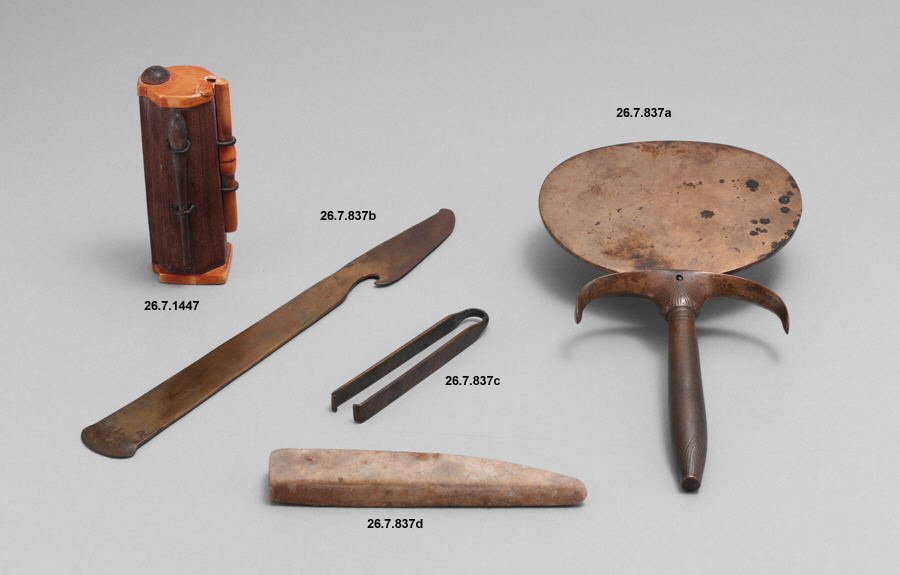
Eventually, the age of stone gave way to the dawn of metal, as bronze-working swept across Korea. But the stone tools never disappeared overnight; they continued to be used alongside new technologies for generations. This period of overlap shows how adaptable ancient Koreans were, blending old and new in creative ways. The transition from stone to bronze marked a turning point, laying the groundwork for the complex societies that would follow. Yet even as metal replaced stone, the lessons and skills of those early toolmakers lived on.
Preserving the Past in a Modern City

Seoul’s relentless pace of development poses real challenges for preserving its prehistoric heritage. Archaeologists and city planners must balance the needs of a growing metropolis with the urgency of protecting fragile sites. Museums, educational programs, and public exhibits help keep the story of Seoul’s stone tools alive for future generations. There’s a growing movement to celebrate the city’s ancient roots, reminding residents that their home is built on a foundation far older than any skyscraper. These efforts aim to ensure that, even as Seoul races into the future, it never forgets its past.
Lessons for Today from Ancient Tools
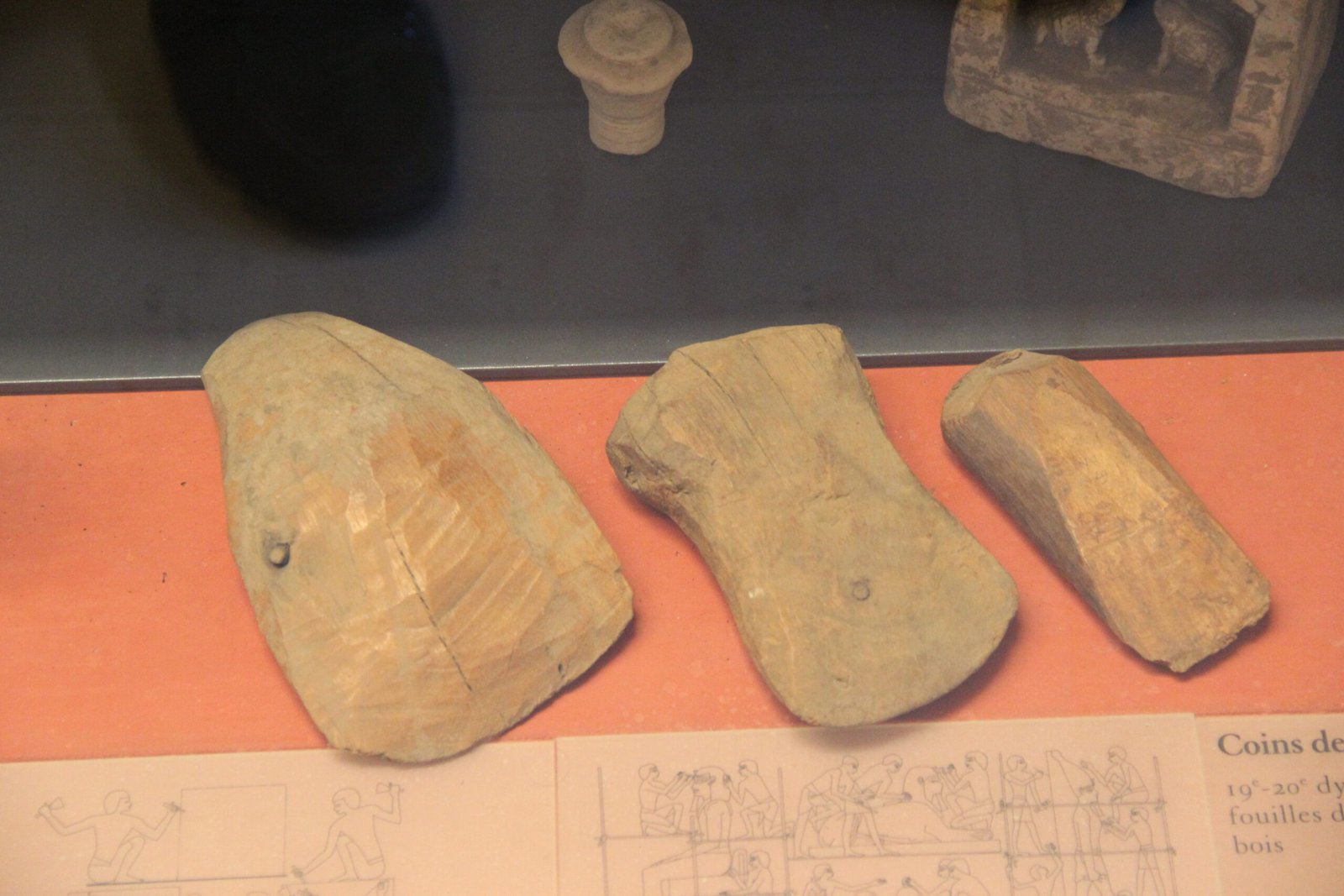
What can a chipped stone or a worn blade teach us in the digital age? More than you might think. The story of Seoul’s prehistoric people is a testament to resilience, creativity, and the power of community. Their tools reflect a deep connection to the land and a willingness to adapt in the face of change. In a world that often feels rushed and disconnected, these ancient relics remind us to slow down, look closer, and appreciate the ingenuity woven into every facet of human life.
Rediscovering Wonder in Everyday Places
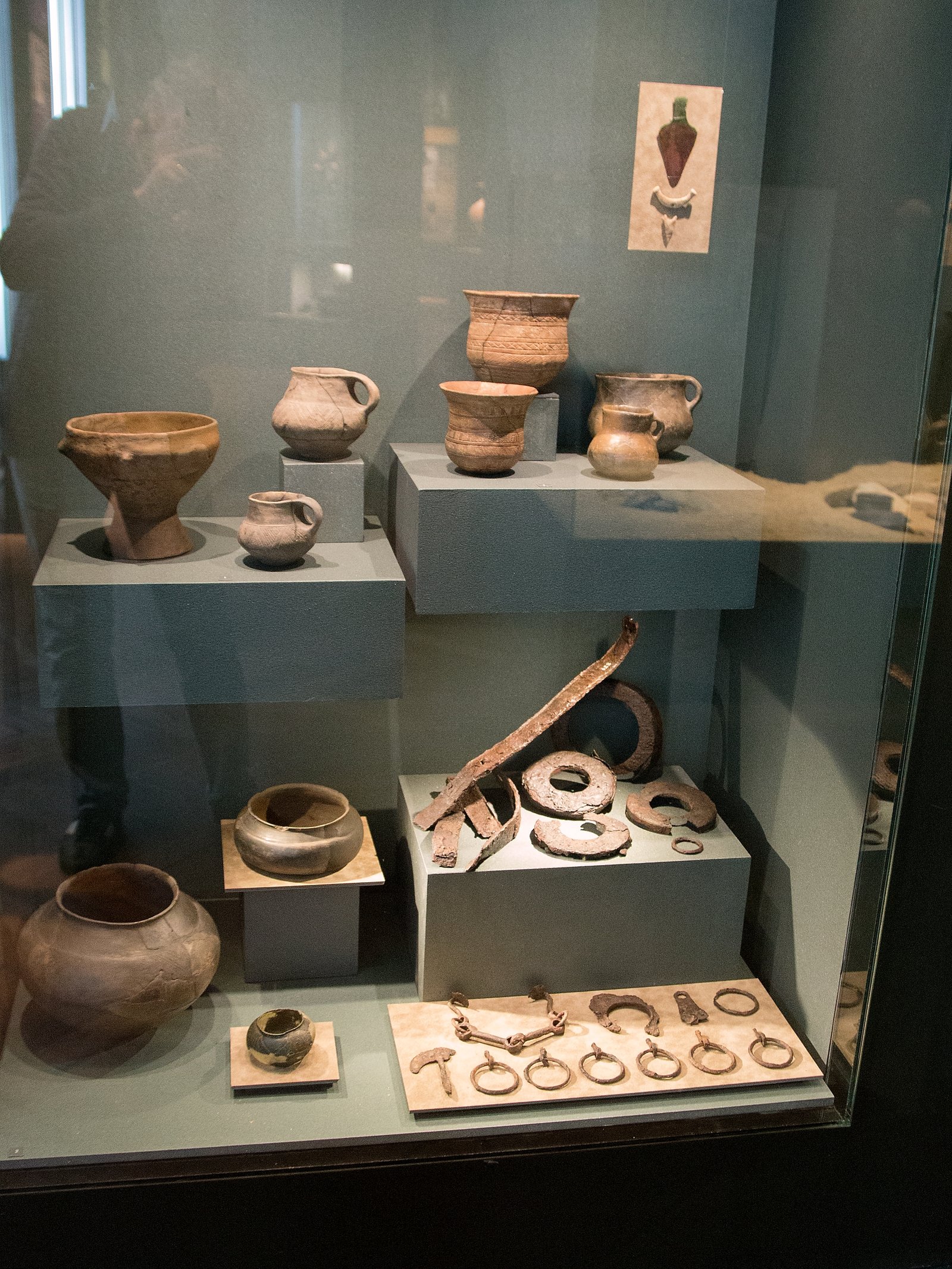
Perhaps the most surprising lesson from Seoul’s stone tools is that history is all around us, hidden in plain sight. A walk through a city park or along the Han River might seem ordinary, but beneath your feet lies the memory of countless generations. Every chipped stone is a reminder that we are part of a much larger, ongoing story—one that began long before the first high-rise and will continue long after. The sense of wonder that comes from holding an ancient tool is hard to describe, but it’s real, powerful, and infectious.
The Unfinished Story of Seoul’s Prehistoric Past

Seoul’s skyscrapers may rise ever higher, but the city’s roots run deep into the Paleolithic soil. With every new discovery—a blade, a hearth, a mysterious engraving—the picture of Korea’s earliest people grows richer and more complex. The story is far from finished; countless secrets remain buried, waiting for a curious mind or a lucky accident to bring them to light. The past isn’t just behind us—it’s underfoot, woven into the very fabric of Seoul. Will you be the next to uncover its hidden treasures?

